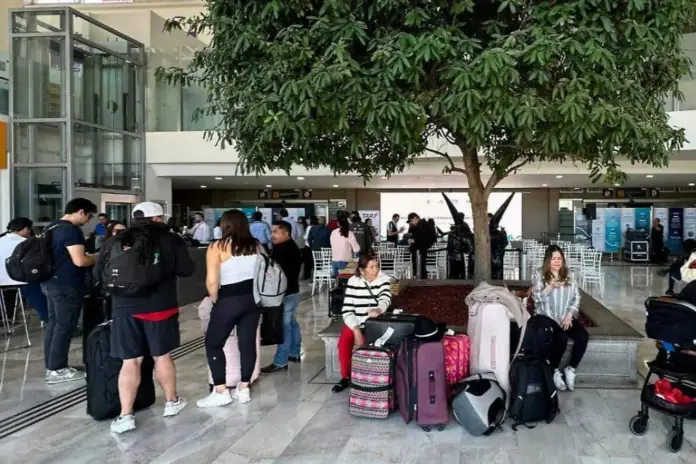In the last five years, Querétaro’s population grew by 10.4%; however, only 13.9% were born in Querétaro, that is, 1 in 7 of its inhabitants, or 86.1%, are foreigners. Chilangos (Chilangos), Mexiquenses (Mexiquenses), Guanajuato (Guanajuato), and Veracruz (Veracruz) define the new Querétaro.
People from these four states represent 55.5% of the internal migration to the state. People from the metropolitan area of Mexico City and the State of Mexico alone make up 39.7% of those who move to Querétaro.
According to an analysis conducted by Diario de Querétaro based on information from the National Institute of Statistics and Geography (INEGI) and the National Population Council (CONAPO), the state’s population formally grew by at least 222,912 people in the last five years, going from 2,145,555 to 2,368,467.
Of these 222,912 new residents of Querétaro, only 30,912 were born in one of the 18 municipalities that make up the state, representing just 13.9% of the total number of people who have joined the state’s resident population.
The remaining 192,000 inhabitants that Querétaro has received in those five years are people who have arrived through internal migration from other states. The largest number of immigrants, 40.1 thousand or 20.9%, come from Mexico City. From the State of Mexico, 36.1 thousand people have settled, representing 18.8% of the total number of migrants, and from Guanajuato, 16.6 thousand people, or 8.66%, have relocated to the state.
Other states that stand out as origins of new residents in Querétaro are Veracruz, which has contributed 7.28% of the migration with 13,982 people; Michoacán, with 11,354, equivalent to 5.91%; Hidalgo, from where 5.3% of the migrants have arrived, or 10,182 people; and Guerrero, a state from which 10,017 migrants have been registered, or 5.22% of the total migration.
This migration has brought with it exponential growth in sectors such as housing. According to projections, there are more than 700,000 private homes in the state across all segments, and an average of 8,000 new units are built annually.
Other sectors that have benefited from migration are commerce and services. Together, these two segments of the state’s productive activity account for 88.7% of companies and businesses, totaling 111,874 establishments out of the 126,028 economic units registered by the INEGI (National Institute of Statistics and Geography).
Of these, 56,723 are dedicated to commercial activities and the remaining 55,151 to the service sector. Last year alone, of the 4,442 companies that began operations, 2,100 were service businesses and 2,092 were commercial, reflecting the demand for consumer services among Querétaro’s growing population.
In the last five years, the arrival of new residents of Querétaro also led to exponential growth in the state’s registered vehicle fleet, which increased from 785,570 total units to 880,629, representing a 12.1% increase between 2019 and 2023.
According to the latest report on the vehicle fleet registered in the states by INEGI, of these, excluding trucks and cargo vans, 685,225 are vehicles for personal and public passenger transportation. During the same period, the largest number of vehicles were added to the Querétaro vehicle fleet, with 93,254 of the 95,059 added during the reference period.
Of these, passenger transport vehicles reported the fewest units, falling from 3,892 to 3,781 between 2019 and 2023, according to the National Institute of Statistics and Geography.
While the number of automobiles increased by 10.4%, from 534,687 vehicles to 590,419, meaning that 55,732 units were added in five years, an average of 30.5 automobiles of all types used for private family transportation were added to Querétaro’s streets every day.
However, the segment that grew the most was motorcycles, which increased from 53,392 units to 91,025.

Source: oem




